Cross-section of a fossilised ammonite shell
© Marianna Armata/Getty Image
As easy as 1, 1, 2, 3…. Fibonacci Day
It's a bit of a fib that Fibonacci, the 13th-century Italian mathematician, was the first to create a sequence by adding each number to the preceding number: 1, 1, 2, 3, 5, 8, 13 and so on, forever. In fact, Hindu scholars described the sequence centuries before him - and they probably weren't the first to figure it out either. Regardless, 23 November, which is written 11/23 in the US style, is the day people celebrate the infinite series known as the Fibonacci sequence.
To help you picture it: If you arrange squares of measuring 1x1, 1x1, 2x2, 3x3, 5x5, 8x8, etc, on graph paper, a curved line drawn through each square will form a perfect expanding spiral not unlike the ammonite fossil cross-sectioned here. Not every spiral in nature expresses a perfect Fibonacci sequence, but nature does seem to have a thing for spirals. And in that sense, the Fibonacci sequence seems especially elegant.
Related Images
Bing Today Images
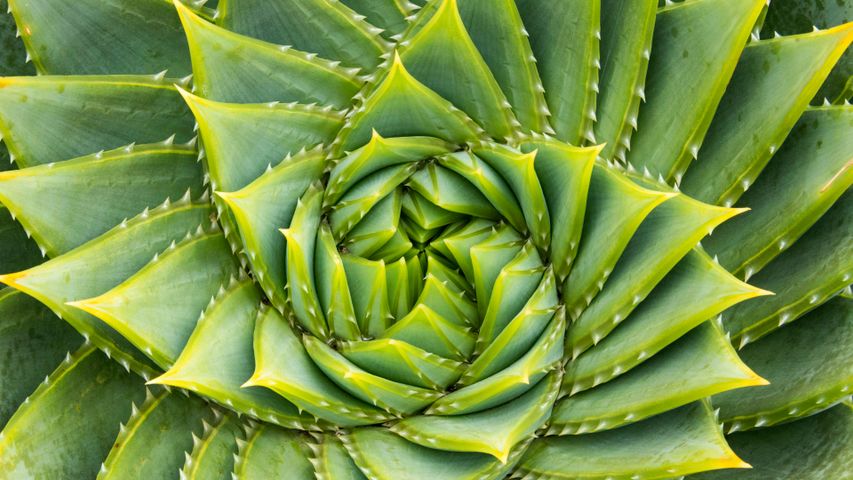
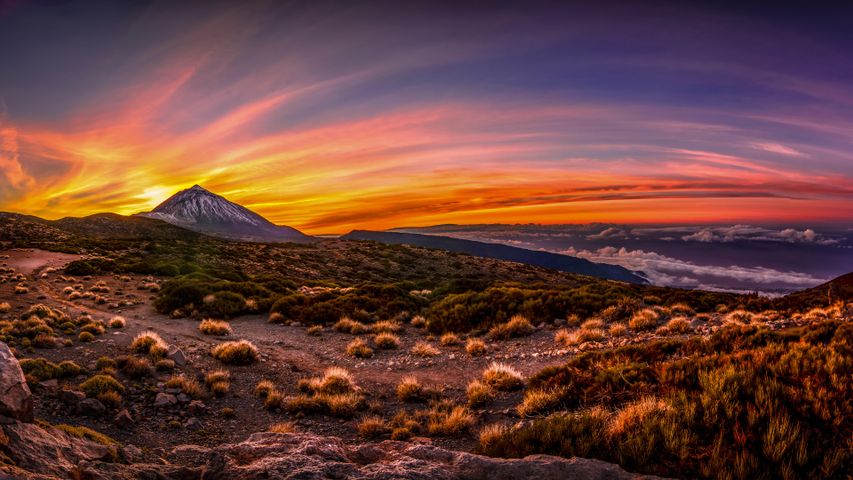
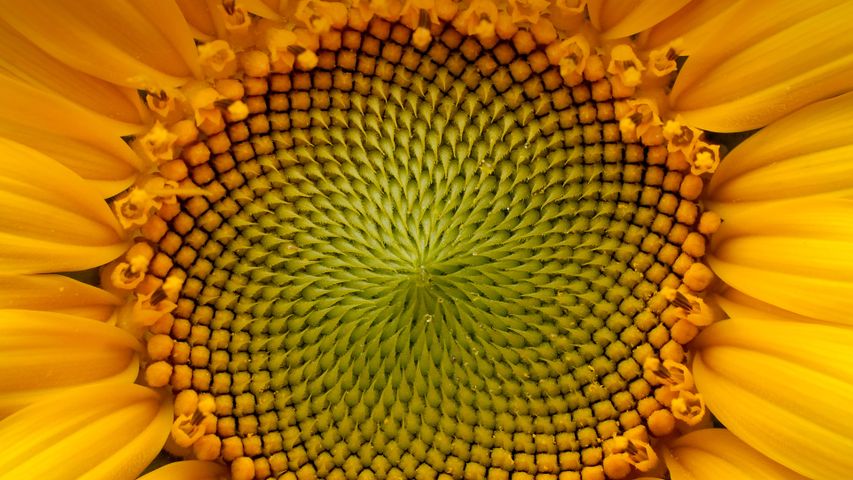

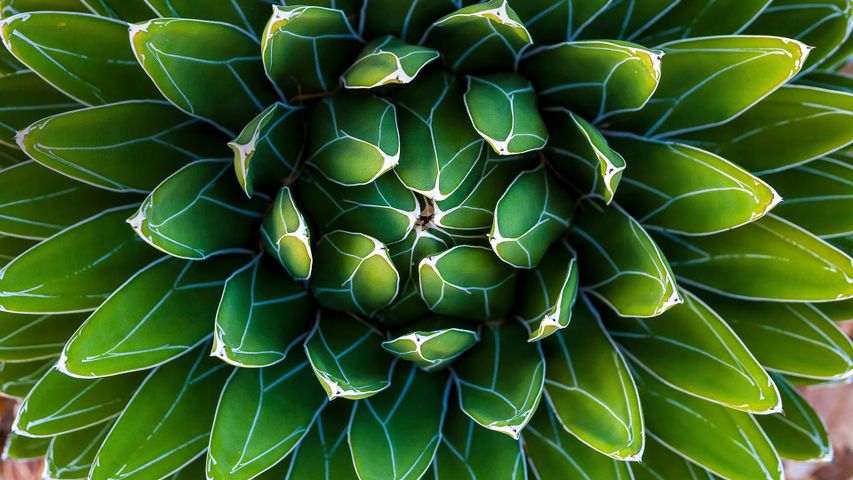

 Northern gannets diving for fish, Shetland Islands, Scotland
Northern gannets diving for fish, Shetland Islands, Scotland
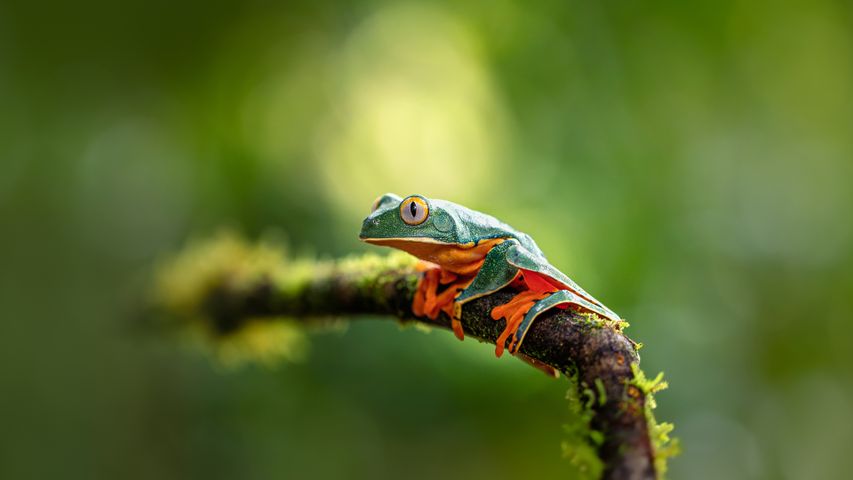 Splendid leaf frog
Splendid leaf frog
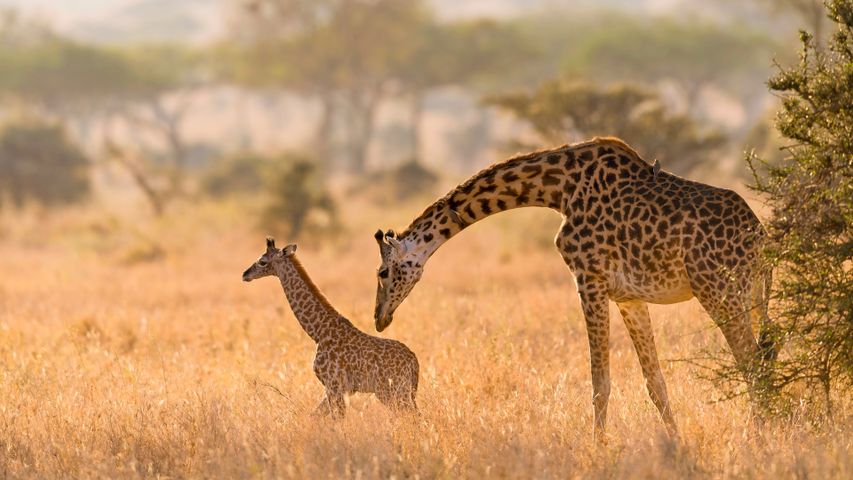 Masai giraffe mother grooming her calf in the Serengeti, Tanzania
Masai giraffe mother grooming her calf in the Serengeti, Tanzania
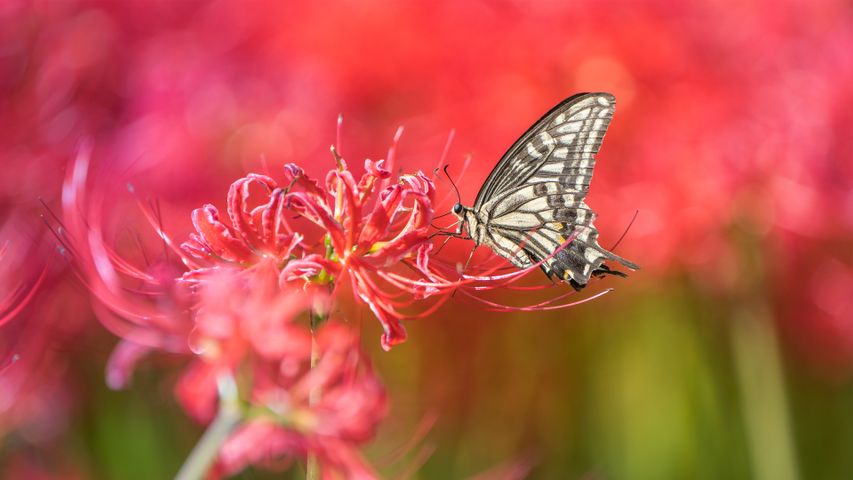 Asian swallowtail butterfly on a red spider lily
Asian swallowtail butterfly on a red spider lily
 Sea turtle, Fernando de Noronha, Brazil
Sea turtle, Fernando de Noronha, Brazil
 Lesser rhea adult male with chicks, Torres del Paine National Park, Patagonia, Chile
Lesser rhea adult male with chicks, Torres del Paine National Park, Patagonia, Chile
 Greater flamingos, Lüderitz, Namibia
Greater flamingos, Lüderitz, Namibia
 Steller sea lions, Vancouver Island, British Columbia, Canada
Steller sea lions, Vancouver Island, British Columbia, Canada